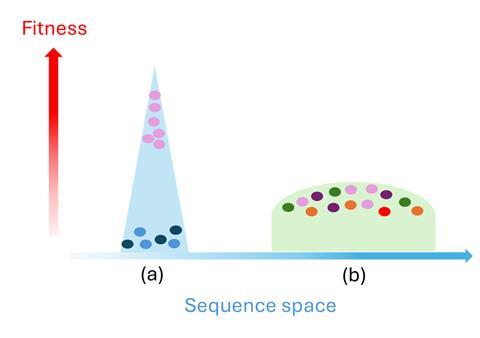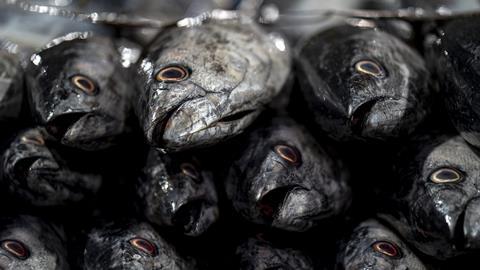Infectious pancreatic necrosis (IPN) virus has long been a persistent threat to aquaculture, particularly the salmonid industry. Despite advancements in vaccination and breeding of genetically resistant fish, the presence of isolates that can cause disease in genetically resistant fish raises concerns about the potential re-emergence of this virus.
Could the evolutionary fitness of IPNV, governed by quasi-species theory and high mutation rates, lead to a new outbreak? This article delves into the mechanisms behind RNA virus evolution and how IPN virus variants may still pose a significant threat to global aquaculture.
Viral fitness and quasi-species in RNA viruses
RNA viruses are thought to be present as quasi-species. The quasi-species theory which was brought to the fore by Eigen and Schuster suggests the presence of a cloud of variants that are maintained in nature during the virus replication. These variants are generated by changes introduced to the genome through random mutations, recombination, and reassortment. The high error rate of RNA viruses (10−3–10−5s/nt) is considered as chief contributor in generating this cloud of variants.
The frequencies at which mutations are generated have a direct impact on the population dynamics of the different viruses and can be used to predict virus evolution. The selection pressure applied either by environmental or host factors affects the mutation frequencies and alters the replication dynamic. To explain the interaction between the virus and the host and understand virus evolution, the fitness landscape concept developed by Wright is used. In this context, fitness defines how well the virus population can survive and reproduce in the given environment or host. A rapidly replicating variant will dominate but will also produce progenies with diverse genetic structures that are significantly less fit due to the high mutation rate generated during replication.
In terms of sequence landscape, the fast replicating selfish variant will occupy a narrow sequence space as it loses its sequence diversity, while the other less replicating variants will occupy a wider sequence space with a flatter landscape and keep its sequence diversity. According to the quasi-species theory, the slower replicating variants are favored if they, on average, produce more fit variants in what is described as survival of the flattest (Fig. 1).

Could IPN disease re-emerge?
The infectious pancreatic necrosis virus (Fig. 2) is a member of Birnaviridae that infects salmonids and other aquatic species. The virus has been causing losses to the salmonid industry for many years. Vaccination against the disease was introduced in the year 2000 but the impact of the disease on the salmonid industry was not reduced until the introduction of genetically resistant fish in 2010.
Several variants with different virulence levels have been identified, and it has been shown that the disease is caused by a fast-replicating selfish variant. The presence of the virus as a quasi-species has been an issue of discussion. It can be argued that the virus is present as a cloud of variants since fish infection with low-virulence isolates can give rise to virulent isolates under stress conditions. These findings also suggest that the pressure induced by the hot immune responses may play an important role in shaping the virus population. The presence of low-replicating isolates may be important to the virus’ survival and spread as suggested by the survival of the flattest concept.

The wide host range of the virus suggests high adaptability to different hosts and environments. This evolutionary adaptation is probably crucial for the virus’ ability to infect and replicate in new hosts. Recently, virus strains that are able to cause diseases in genetically resistant fish have been isolated. These isolates show a faster replication kinetic and can grow to higher titers in cell culture (own observations). It can be argued that the faster and higher replication capability of these isolates may be a result of the accumulation of mutations that will help in expanding the sequence diversity. This in turn can help the virus to adapt to the genetic changes introduced to the host.
Although the number of registered IPN cases is still low, the presence of such isolates and their replication within the genetically resistant host may eventually result in the generation of a new fast-replicating selfish isolate which can lead to disease reemerge. A tighter and closer monitoring of the disease situation is therefore necessary to detect this reemergence in the early phases.








No comments yet